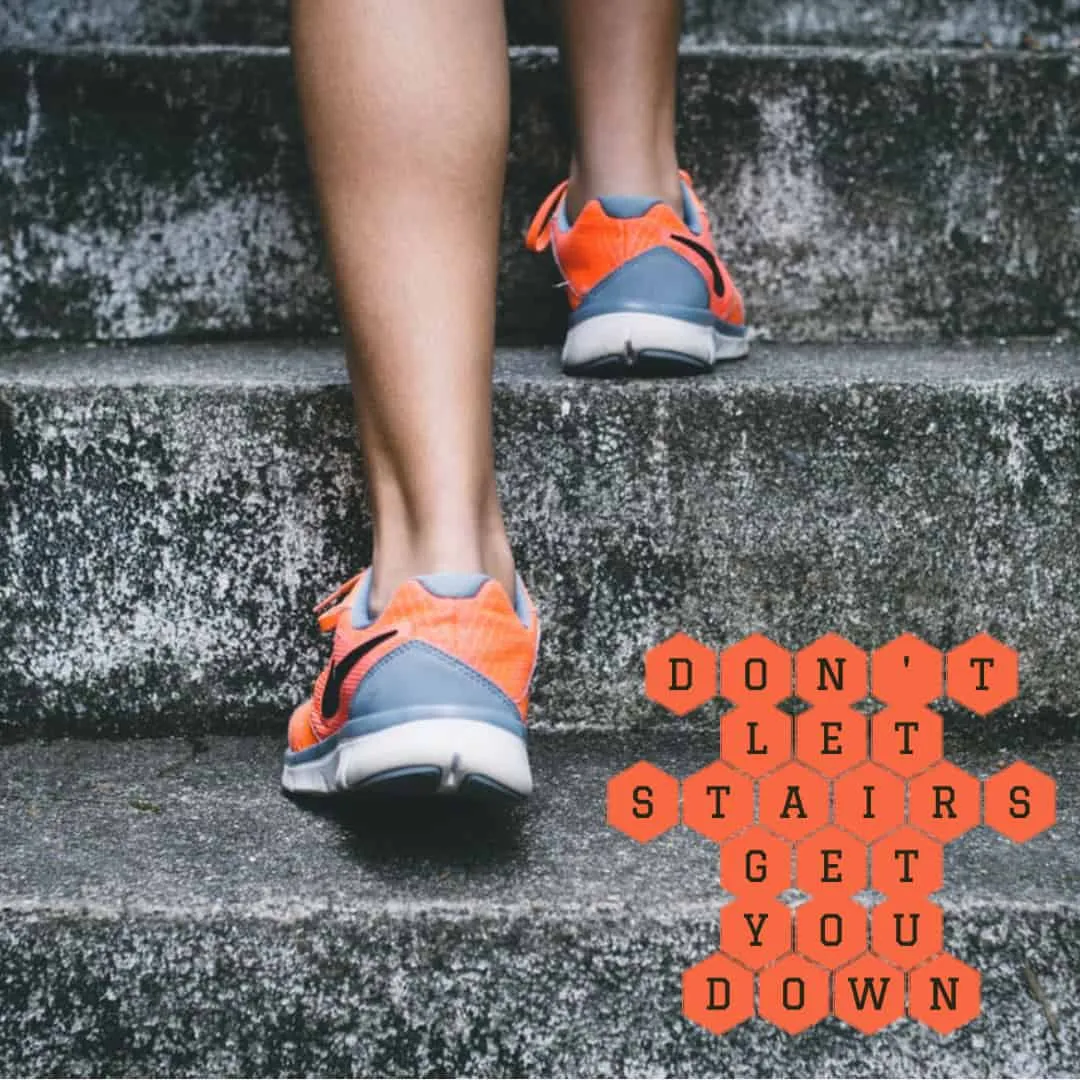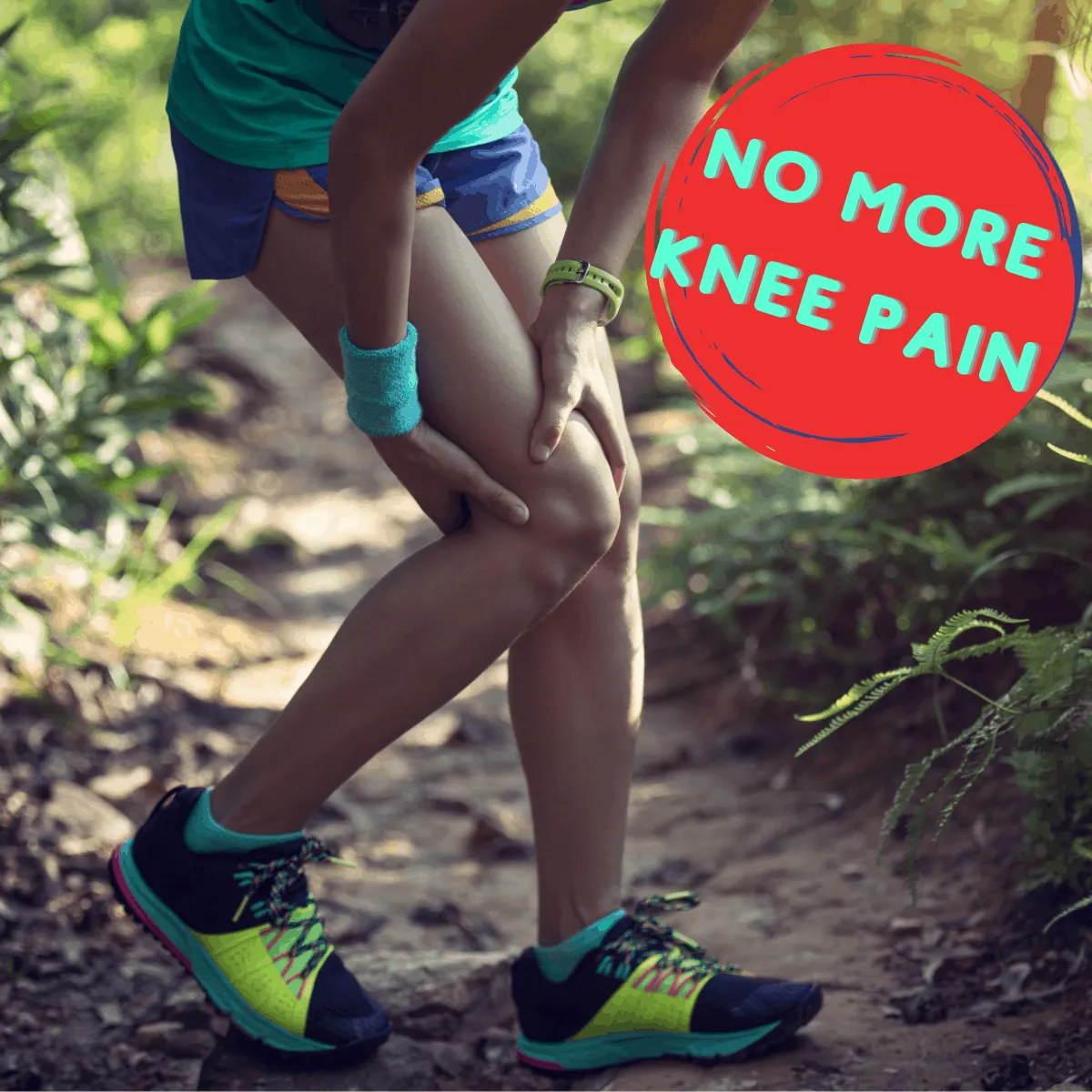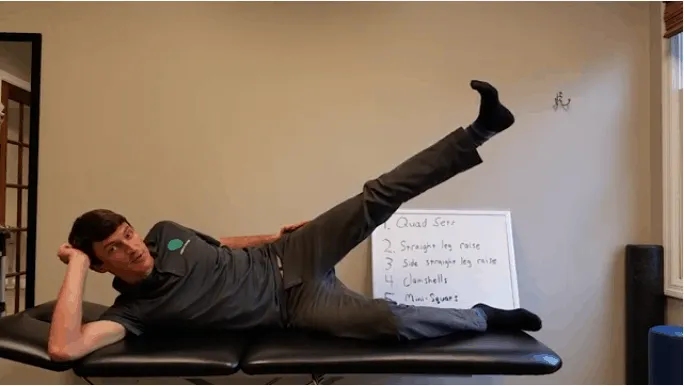The Fastest Way To Relieve Knee Pain
Knee pain can be very frustrating. Have you found yourself struggling to get off the floor after playing with your kids or grandkids due to knee pain?
Find yourself avoiding steps or long periods of standing?
Shaky knees shaking up your daily routine?
Overall, knee pain is a bit like lower back pain: it seems like everyone has it, and not many people really understand what they can do about it. In addition, many people are under the impression, often via trusted advice from a physician or a friend, that they “just have to live with it because they’re “getting older.” I could write my paper in a plethora of words with my writing service about how much that advice riles me up, but I’ll stay focused!
The frustrating thing about knee pain is that it can come on for no apparent reason. This in fact happened to me a few years ago. I had been out at the park doing my regular exercise routine. I had done this routine for the past few years, but for some reason, after this particular morning’s exercise, I experienced some sharp pain in my knee as I was climbing up the stairs to get back into my house.
We have all had some aches and pains, and I didn’t really think anything of it at first, but this knee pain just seemed to “hang -around”.
I tried getting a more supportive running shoe- but this didn’t help. So I started paying closer attention.
Now I’ll admit- even though I help people with knee pain daily, I really didn’t want to take the time to do the hard work myself, so instead I just decided to “stop doing whatever hurts”.
I first took a break from running, then I cut-out squats, then lunges, then something else. But to no avail my knee just seemed to get worse.

Does This Knee Pain Sound Familiar?
I eventually got sick of it all as my “stop doing what hurts” wasn’t working, and to make matters worse I had essentially stopped exercising and this affected my overall mood. So I put my pride to the side and asked a therapist friend to take a look.
He tested and found some weak muscles around my hip, and also pointed out an imbalance in my running form and after a few weeks of really dedicating myself to fixing the issues- I was able to reintroduce running and worked my way back into exercise.
Knee pain can be very frustrating as when it starts acting up, you can really miss out on staying active, enjoying a hike with family, or even a walk at the beach.
Since we are in the middle of Knee Health Awareness Month, I want to answer some of the top questions I get asked in the clinic about knee pain.
The first is:
What Causes Knee Pain When I Haven’t Had An Injury?
Most typically people “develop” knee pain. Now you can have a traumatic injury where you step in a hole, or jump and land awkwardly and twist the knee. Contact sport injuries such as in football can be very traumatic and usually result in a torn ligament such as an ACL, MCL, and/ or PCL. And these types of injuries typically require surgery, especially if you are an athlete.
But for most of us- knee pain starts off as a “ache” or “throb”, and gets worse over time. There is no “event” or traumatic injury to really pin it on. But gradually developing pains are more of the cumulative type.
The knee joint will be influenced by the muscles and joints both above (the hip) and below (the foot and ankle). The alignment of your hip directly impacts the alignment of your knee. And if you have a weakness in your hip muscles, your knee will tend to move more towards your midline (think of being knock-kneed).
Your hip alignment is also why knee pain is so much more common in females: since women tend to have wider hips, they’re more knock-kneed on average to begin with. They also tend to have less muscle development in their quads, which is another factor.

Can Knee Pain Heal On It’s Own?
Some knee pain can improve and heal on its own. When you have overexerted yourself doing something that you’re not used to, maybe climbed a full height of stadium steps for the first time all year, or tried a workout with a lot of squats and lunges. This can bring on a condition called delayed-onset- muscle -soreness (DOMS). You will feel this pain in the overworked muscle, not the joint itself, and this type of pain will go away after a few days of rest/ modified activity.
When you develop pain in the knee joint, or right around the knee. It’s unlikely this will go away on it’s own. This type of pain is typically due to abnormal strain or stress on the joint, rest and medication will help temporarily, but if you want to get better- then you need to figure out what is causing this extra stress and strain.
How Can I Naturally Lubricate My Knees?
Have you ever noticed when it is cold outside that your knees tend to achy more? The cold weather will reduce circulation and the flow of synovial fluid around the joint. Synovial fluid is like WD-40. It helps to keep the joints lubricated and gliding smoothly.
When you have been sitting for a while, or when the temperature drops, you’re prone to notice your knees aching a bit more. When this happens you can simply bend and straighten your knee 5-10 times to help spread the synovial fluid and this will help the knee ache less.
What Exercises to Avoid When You Have Hurt/ Bad Knees?
There are certain exercises that will place more stress on your knees. Now the knee joint is quite a complicated joint. You have the femur and tibia, and you also have the kneecap (patella) in the front. Different exercises will add stress to either one of these areas of the knee.
For instance- the kneecap (patella) will have a lot of pressure on the joint when you are doing a knee extension machine at the gym, but this exercise is typically fine for the rest of the knee joint.
If you have osteo-arthritis of the knee joint (between the femur and shin bone)- then you will want to avoid deep squatting, lunging, and jumping type exercises. These exercises are not necessarily bad, but they will add stress to your knee joint, especially if performed incorrectly. Here is a great reference article to check out if you would like to explore incorporating some of these exercises correctly into your recovery plan
Does your knee pop or click during exercise, or even daily activities? Not sure if you should be concerned or not? Then be sure to read our other knee blog: “Should I be Worried My Knee Pops or Clicks”
What Are The Best Exercises For Knee Pain?
I’m going to recommend 5 exercises for you to try. These are typically good ones to try first- especially if your knee is really sore and painful. Try some simple exercise first, and then as you get stronger you can start back with more challenging and demanding exercises.
- Quad Sets: sit on the floor or your bed with your knee straight and supported. Tightenthe quad muscles along the front of your thigh by pushing your knee as straight as possible. Try to flatten the back of your knee down into the ground. You should be able to feel and see the front of the thigh muscle (quad) tighten up. Hold for 10 seconds, and perform 5 to 10 reps 2- 3 times per day.
- Straight Leg Raises (SLRs): lying on your back with your opposite knee bent, tighten your quad muscles and lock your knee into a straight position. Then lift your leg off the ground, to the height of your other knee. Keep your knee locked during the whole movement. Repeat 2 sets of 10 reps, once a day.
- Side Leg Raises: lie on your side with your bottom knee bent. Straighten out your top leg and move it back so that it’s in line with your body. Stay directly on your side and lift your top leg towards the ceiling 18-24 inches. Try not to let your leg come out in front of your body. This exercise should be harder than the first 2 if you do it correctly. Repeat 2 sets of 10 reps, once a day.
- Clam-shells: lie on your side with both knees bent forward and feet stacked on top of each other. Keeping your pelvis rolled forward and your feet touching. Lift your top knee away from the bottom one, similar to the motion of a clamshell opening. Be sure that you don’t roll backwards during this exercise. Repeat 2 sets of 15 reps, once a day.
- Mini-squats: stand in front of a counter or chair, using your hands for support and balance (for safety, you can place a chair behind you). With your feet shoulder width apart, perform a shallow knee bend. Make sure you keep your weight back towards your heels, and don’t let your knees move in front of your toes (think of pushing your bottom back and hinging forward at the hips). Only go down as far as comfortable. If you’re not used to this exercise then don’t go too deep, you can always go a bit deeper next time if you are feeling strong. Repeat 2 sets of 10 reps, once a day.
All exercises should be performed comfortably and should never make your pain worse. (“no pain, no gain” does not apply!). These exercises should help you start to strengthen your muscles and reduce the pressure and tension around the knee joint.
For a video demonstration of these exercise- checkout this recording I made for you Here: 5 Top Knee Exercises for Knee Pain

And if you have any difficulty with exercises, or would like more specific advice, please feel free to reach out to me by text, phone, or email.
Looking for more tips?
Be sure to request my Knee Pain Guide: 8 Simple Ways to Stop Knee Pain Without Injections, Pain Medication, or Having to Wear a Support



